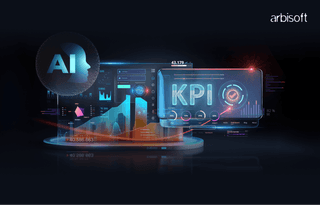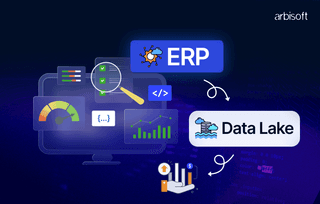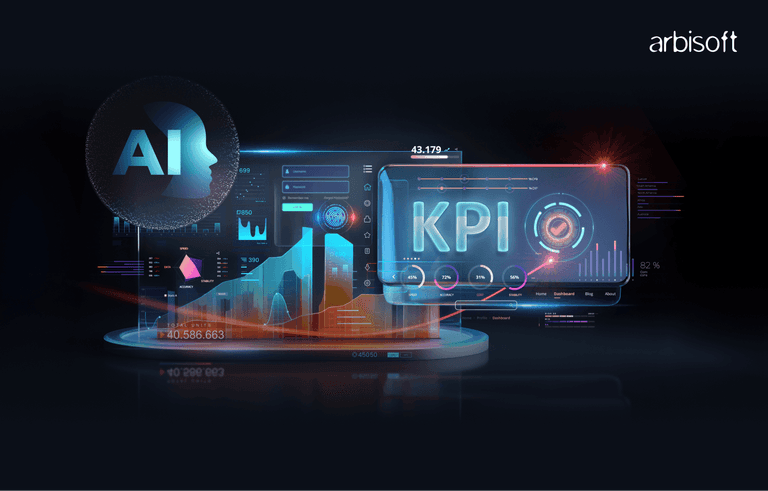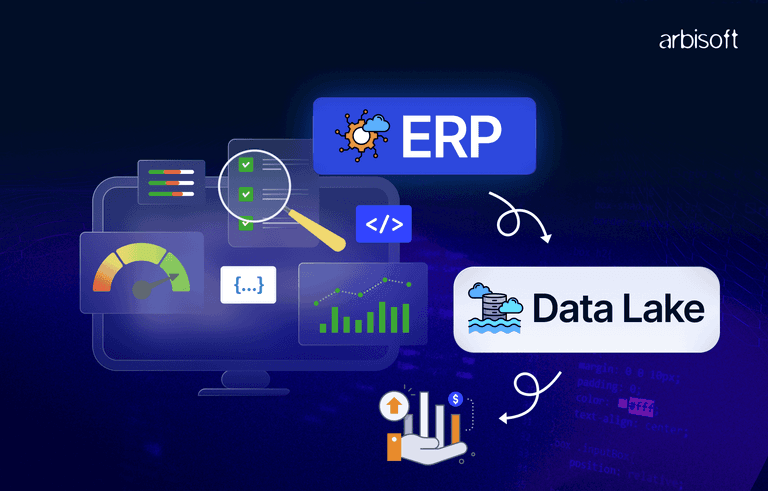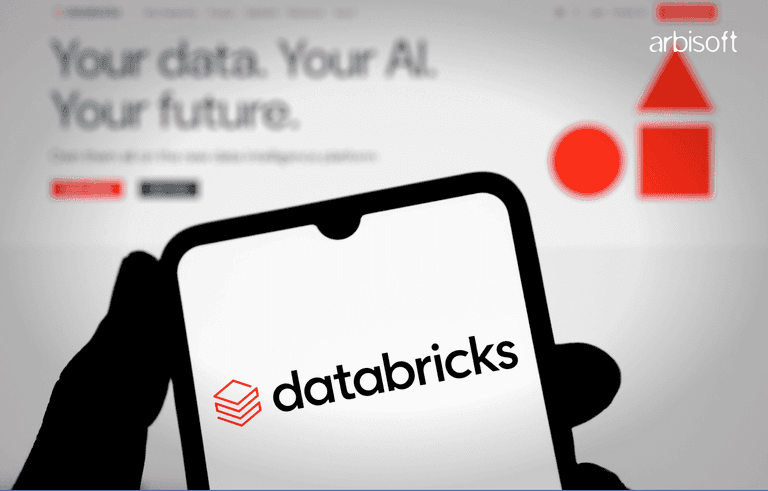We put excellence, value and quality above all - and it shows




A Technology Partnership That Goes Beyond Code

“Arbisoft has been my most trusted technology partner for now over 15 years. Arbisoft has very unique methods of recruiting and training, and the results demonstrate that. They have great teams, great positive attitudes and great communication.”
Exploring the Real Impact of AI on Cloud Computing Costs
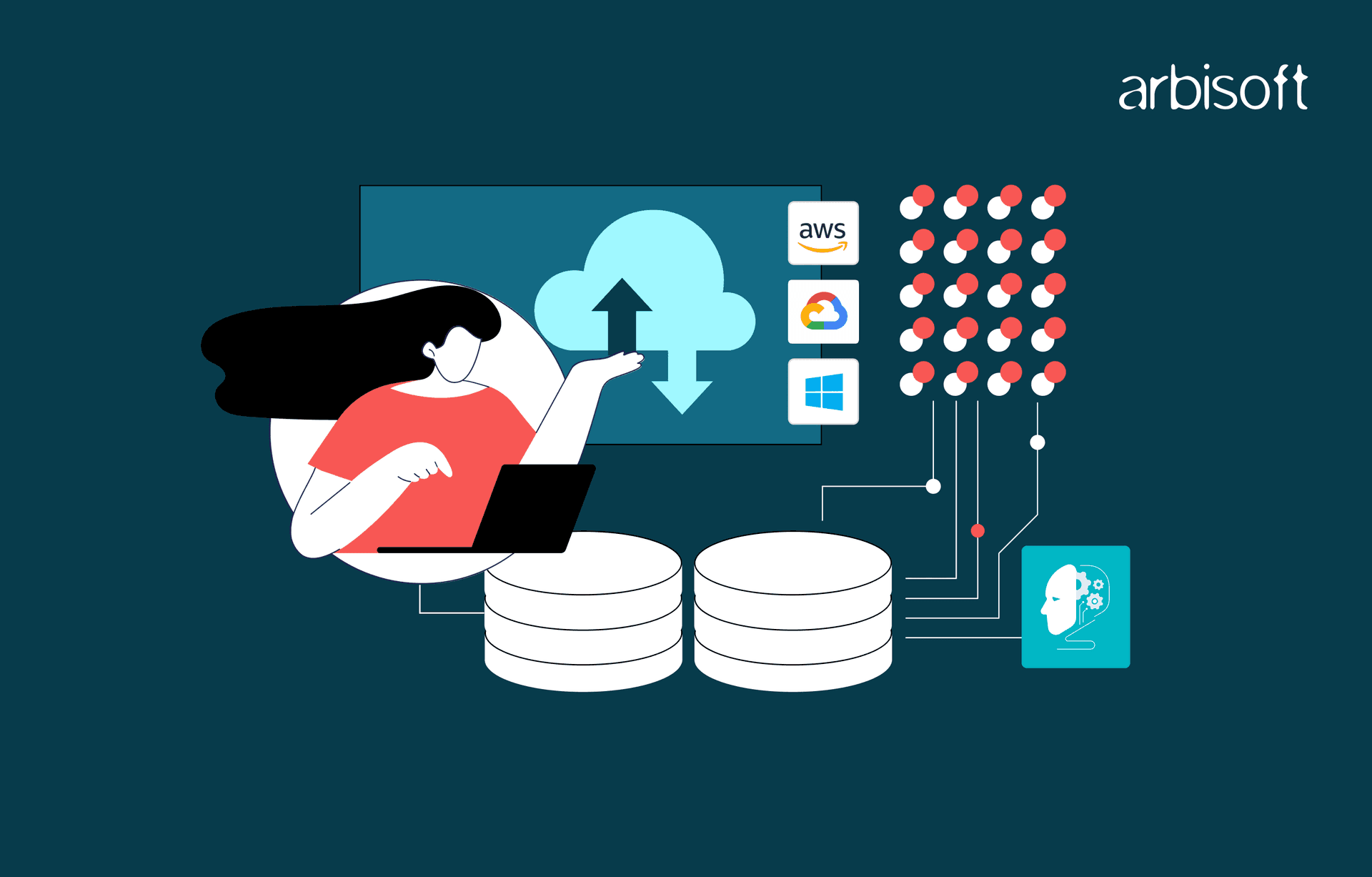
Artificial Intelligence (AI) is transforming how we use cloud computing, making things more efficient and automated. But it’s a double-edged sword; especially when it comes to managing costs. AI can be resource-intensive, and if not managed well, it can lead to higher expenses than expected.
But don’t worry! By understanding where these costs come from and using smart strategies to mitigate them, you can make the most of AI without overspending. In this blog, we'll cover how AI affects cloud computing costs, how you can balance those costs with the benefits, and what steps you can take to ensure you're getting the best value.
How AI Helps Cut Cloud Costs
1. Smarter Resource Use
AI makes cloud computing more efficient by predicting resource utilization and adjusting it automatically. This means you won’t end up paying for resources you don’t use. Tools like AWS Auto Scaling and Google Cloud's AI features help ensure you only pay for what you really need.
2. Automating Routine Tasks
Cloud services like Azure Automation and AWS Lambda use AI to make operations smoother and cheaper. AI can handle many tasks that usually require manual work, like system maintenance and updates. By automating these tasks, AI reduces the need for human labor and lowers the chances of mistakes.
3. Predicting Problems Before They Happen
AI can foresee when hardware might fail and allow you to fix things before they cause downtime. This proactive approach saves money by preventing unexpected issues. For instance, leveraging predictive analytics solutions or Google Cloud’s AI tools can predict and prevent potential server failures.
We've done the heavy lifting by comparing AWS, Google Cloud, and Microsoft Azure for you.

Don't have time to compare AI services? We've got you covered!

How AI Can Raise Cloud Costs
While AI offers many ways to save money in the cloud, it’s also important to understand the potential costs that come with using AI.
1. High Initial Setup Costs
Getting AI up and running in the cloud can be expensive. It often involves buying software, setting it up, and hiring experts to manage it. Services from AWS, Google Cloud, or Microsoft Azure can require a big investment upfront.
2. Higher Data Storage and Processing Costs
AI needs a lot of data to work well, which means more spending on storing and processing that data. Complex AI models require even more resources, driving up the costs of cloud storage and computing power.
3. Expensive Specialized Hardware
AI tasks often need special hardware like GPUs or TPUs, which cost more than regular cloud resources. Running AI on these specialized units, such as Google Cloud’s AI Platform or AWS EC2 P3 instances, is typically more expensive than using standard CPUs.
AI can both save and increase cloud computing costs. It's essential to weigh the benefits against the potential expenses to make the most of what AI offers in the cloud.
Balancing the Costs and Benefits
To make the most of AI in cloud computing while keeping costs in check, consider adopting these strategies:
1. Do a Cost-Benefit Analysis
Before integrating AI into your cloud system, it's crucial to perform a comprehensive cost-benefit analysis. According to McKinsey, companies that properly assess their AI investments can see an ROI of over 180% over a seven to eight-year period. This evaluation ensures that the benefits, like time savings and error reduction, outweigh the investment in AI tools and services.
2. Use Cloud Scalability
Cloud platforms allow you to adjust resources based on real-time demand, which can help manage costs effectively. For example, AWS Auto Scaling and Google Kubernetes Engine can automatically scale resources up or down based on your needs, ensuring you only pay for what you use. In 2024, 57% of organizations reported using FinOps tools to manage these costs effectively, with many also adopting automation to monitor utilization and shut down unnecessary workloads during off-hours.
3. Choose the Right Cloud Provider
Selecting the right cloud provider is essential for balancing costs. Different providers offer varied pricing structures and AI tools. In 2024, AWS was used by 78% of surveyed organizations, with 49% running significant workloads on it. Similarly, Azure had a 45% significant workload usage rate. Comparing these options based on your specific needs and budget can lead to significant savings.
4. Manage Data Efficiently
Efficient data management is key to controlling AI-related costs. Techniques like data compression, deduplication, and archiving infrequently accessed data are essential. For instance, using tools like AWS S3 Intelligent-Tiering or Google Cloud’s Object Lifecycle Management can reduce storage costs by up to 70%, as reported by AWS. This is increasingly important as companies aim to optimize costs amidst growing data volumes.
Conclusion
AI is making cloud computing better by improving resource use, automating tasks, and predicting maintenance needs, which can save money. However, it also brings challenges like high setup costs, increased data processing expenses, and the need for expensive hardware. By doing a careful cost-benefit analysis, using cloud scalability, choosing the right cloud provider, and managing data effectively, businesses can balance the costs and benefits of AI in cloud computing.
Using AI solutions for the cloud is a smart move that can lead to innovation and a competitive advantage. Understanding how it affects costs will help you make informed decisions and achieve long-term success.








